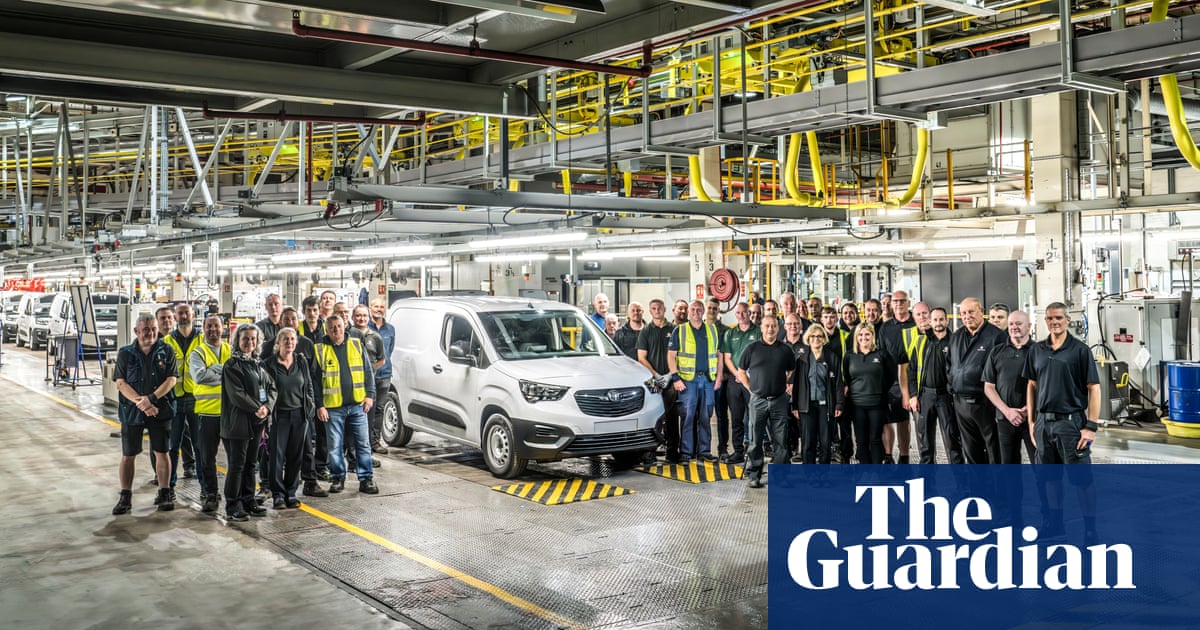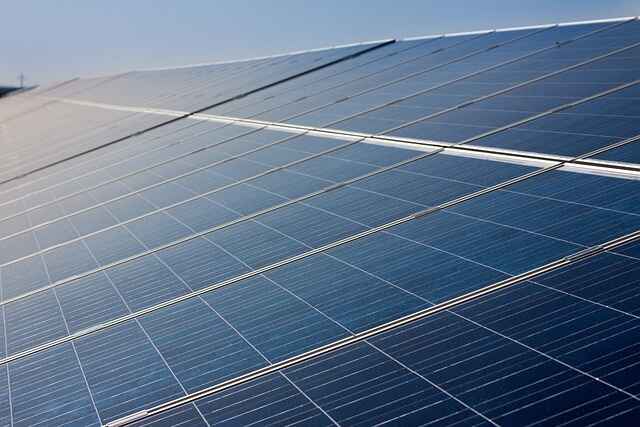The national grid is due an upgrade.
Why the UK's National Grid is Holding Solar Back (and how its being fixed)

The UK government has set itself a bold challenge: reaching net zero by 2050. To hit this ambitious goal, a bunch of exciting tech is already rolling out. Solar energy stands out. It's modular—meaning it's easier, cheaper, and less risky to get started compared to other projects.
Thanks to this solar boom, there are already ~1336 operational solar farms across the UK, producing ~16.9 GW at peak—enough energy to power roughly 3.1 million homes. And there's more good news: around 3,500 additional solar farms are either planned or under construction, which could nearly triple our solar output.
Solar farms earn money by selling electricity either directly into the wholesale market or through contracts with specific customers. However, before they can start earning, there's one tricky hurdle: connecting to the national grid. This isn't quick or easy.
The National Grid is the UK's network of cables, pylons, and substations that transports electricity from power plants to homes, businesses, and industries across the country.
The aim of the game is patience and money.
Grid Connection in 10 steps:
1. Grid Connection Enquiry
- Identify nearest network operator (Distribution Network Operator, DNO).
2. Grid Capacity Assessment
- DNO assesses local grid capacity and identifies necessary infrastructure upgrades.
- Provides initial feedback on available grid connection capacity and indicative costs.
3. Formal Grid Connection Application
- Submit a detailed application including site layout, electrical designs, exact generation data.
- Pay application fees (typically non-refundable).
4. Grid Connection Offer (Quote)
- DNO responds (usually within 3-6 months) with a formal connection offer.
- Includes detailed costs, timeline, technical specifications, and legal terms.
5. Acceptance of Connection Offer
- Review and sign the offer.
- Pay required deposit (usually significant, around 10-20% of total grid upgrade costs).
6. Design and Planning
- Finalize technical specifications with DNO.
- Obtain all necessary planning consents and permits.
7. Infrastructure Upgrades
- DNO undertakes necessary upgrades (transformers, substations, cabling).
- Developer may fund significant portions of upgrades.
8. Construction of On-Site Grid Connection
- Developer constructs on-site electrical infrastructure to agreed specifications.
- Coordination with DNO for inspections and compliance checks.
9. Commissioning and Testing
- Final connection made; rigorous testing ensures compliance with grid standards.
- DNO grants permission to export electricity onto the grid.
10. Final Connection and Operation
- Project begins full-scale commercial operation.
- Ongoing compliance monitoring and periodic inspections by the DNO.
- Submit initial enquiry with project location, capacity, and estimated generation profile.
Why is connecting solar power so tough?
Integrating solar energy into the UK's national grid isn't easy. Our grid was originally designed around centralised power plants—not the scattered, intermittent generation like solar farms. Solar projects are usually built in rural locations, and often the local grid infrastructure isn't able to handle the additional input. This means costly and time-consuming infrastructure upgrades are necessary.
Solar farms connect to the grid via Substations or Grid Connection Points (Bulk Supply Points, BSP). However, these are commonly contained, which means they will struggle to handle any more power input without significant upgrades. Solar farm developers can wait for grid upgrades, pick an area where the substations or BSPs aren't contained or, commonly, work with their local network to fund grid infrastructure upgrades.
We have all experienced how long construction projects take, whether road works, a house extension or a new housing estate. You may have also seen headlines like how much a mega project has exceeded its budget. These can all apply to solar farms investing in infrastructure upgrades. Delays and costs can pose major risks to farms.
You can learn more about energy grids via this map. This is specifically for the areas Scottish and Southern Electricity Network controls.
Delays
Infrastructure Delays - These upgrades are handled by the local Distribution Network Operators (DNOs). With solar energy's rapid growth, DNOs are overwhelmed with connection requests, creating long waiting lists. Right now, developers can face wait times of up to 10 years to connect a new solar farm to the grid.
The Zombie Queue - A major factor for these delays is how grid connections are queued: it's strictly first-come, first-served. Unfortunately, this causes "zombie projects"—stalled developments with reserved grid capacity—to block more viable projects. Zombie projects stall due to planning refusals, lack of funding, or changing market conditions, delaying everyone else behind them.
These extensive delays threaten the UK’s goal of fully decarbonising electricity generation by 2035.
What are we doing about it?
The UK government recognises these issues and is actively trying to reduce connection wait times. But how?
First-Ready, First-Connected - Moving away from the zombie queue, new policies prioritise solar farms ready with planning permission and funding over stalled projects.
Infrastructure Upgrades - The government, DNOs and other businesses are investing significantly in new transmission networks to better handle renewables.
Regulatory Reforms - Ofgem, the UK's energy regulator, is proposing new rules to tackle the backlog. Projects that can connect within five years will now be prioritised. Grid companies will face stricter milestones, tighter licensing conditions, financial penalties, and tougher enforcement if they fail to deliver.
Smart Grids - A smart grid is essentially a clever upgrade of our traditional power grid, using advanced tech, automation, and real-time data to keep energy flowing smoothly. Think of it as the grid’s brain, intelligently balancing electricity supply and demand. This is particularly handy for solar, which naturally produces power intermittently. Smart grids help smoothly integrate solar farms by predicting energy flows, evenly distributing power, and reducing the need for expensive infrastructure upgrades. In short, they make solar power easier, cheaper, and faster to plug into the UK's energy mix.
Conclusion
Now it's a matter of waiting and seeing if these new strategies accelerate our path to a greener grid. We must figure out how to integrate renewable energy into our national grid. Without a push to improve our grid, we will not hit the goal of decarbonising our energy generation or meet the net zero target by 2050.



Continue your learning












